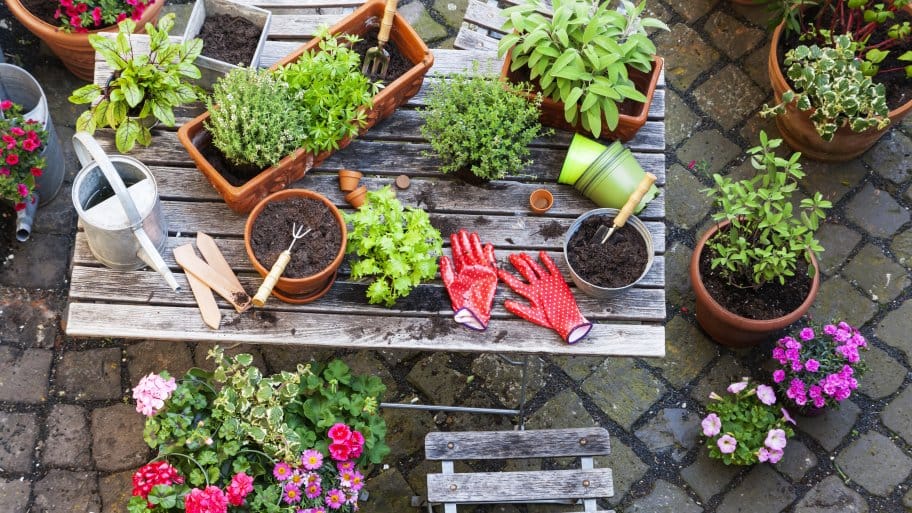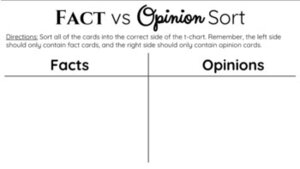We're learning how to read and understand current event articles written online.
KWL Chart
Before you begin your research, list details in the first two columns. Fill in the last column
after completing your research.
Purpose of KWL Charts:
The KWL (Know, Want, Learn) strategy (Ogle 1986) provides a structure for activating and
building prior knowledge, establishing a purpose for reading and for summarising what was
learned. The strategy can help students reflect and evaluate their learning experience, as well
as serve as a useful assessment tool for teachers. Similarly, the KNWS strategy (know -
K/what information is not relevant-N/ what the problem wants them to find out-W/ and what
strategy can be used to solve the problem-S), can be used to plan, organize and analyze how
to solve word problems.
Explicitly teaching KWL:
Step 1
Choose a general topic and create a table with three columns and two rows — one row for the
headings and one larger one in which to write. Label the first column with a K for “What I
Know,” the second with a W for “What I Want to know,” and the third with an L for “What I
Learned” or a variation of this. Introduce the KWL strategy and model how to use it with the
topic.
Step 2
As a class group brainstorms what students already know about a specific subject topic. Highlight
the importance of prior learning and how life experiences and making connections to what we
already know is a very important part of learning. Write these ideas under the K column.
Step 3
Now have students generate a list of what else they want to learn or questions they want
to be answered. Continue to demonstrate how to organize and categorize their suggestions and how
to use this information to set a purpose for reading. Students can also turn textbook headings
and subheadings into questions for the W column. Students now read (or listen) the text and
actively look for answers to their questions as well as to verify their knowledge.
Step 4
After reading with a purpose they discuss and record what they learned in the L column, especially
paying attention to W questions that were answered from the text or activity. Provide multiple
opportunities for students to use the strategy in pairs or small groups until they can use the
strategy independently. The L column can also serve as notes for review and revision.

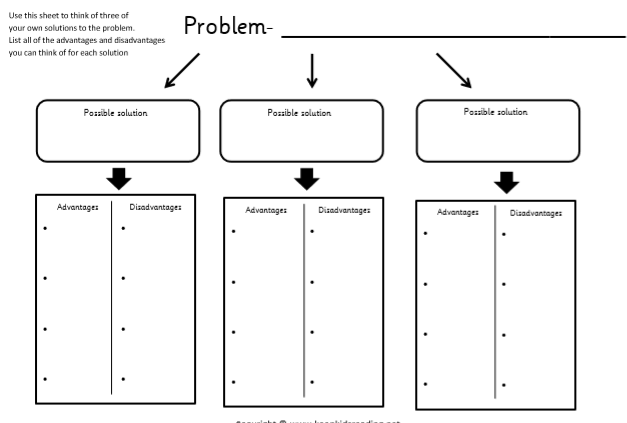
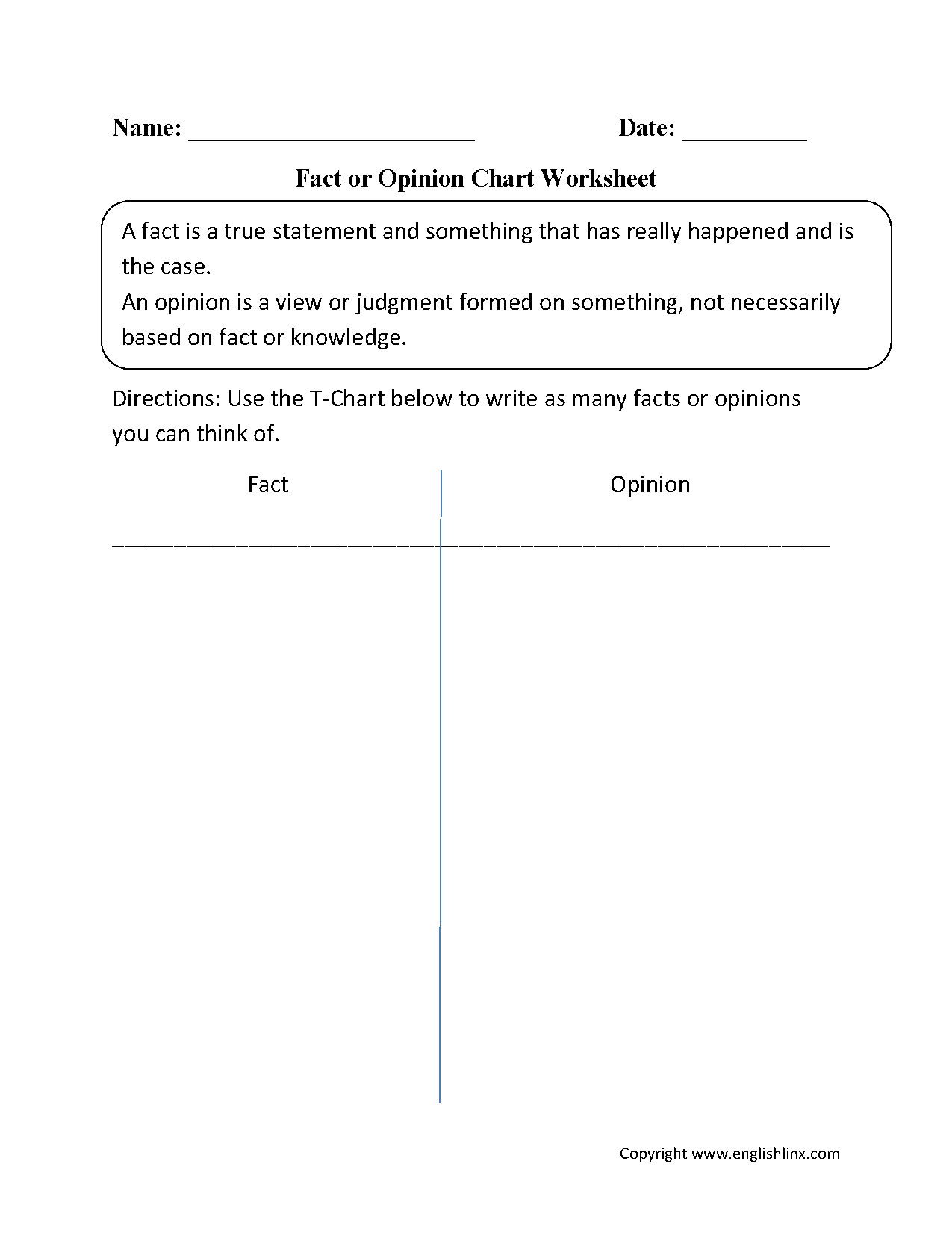
https://www.newsweek.com/exclusive-inside-militarys-top-secret-plans-if-coronavirus-cripples-government-1492878
BY WILLIAM M. ARKIN ON 3/18/20 AT 7:00 AM EDT
EXCLUSIVE: INSIDE THE MILITARY'S TOP SECRET PLANS IF CORONAVIRUS CRIPPLES THE GOVERNMENT
U.S. President Donald Trump to hold coronavirus news conference on Friday, March 13.
CHIP SOMODEVILLA/GETTY

Even as President Trump says he tested negative for coronavirus, the COVID-19 pandemic raises the fear that huge swaths of the executive branch or even Congress and the Supreme Court could also be disabled, forcing the implementation of "continuity of government" plans that include evacuating Washington and "devolving" leadership to second-tier officials in remote and quarantined locations.
But Coronavirus is also new territory, where the military itself is vulnerable and the disaster scenarios being contemplated -- including the possibility of widespread domestic violence as a result of food shortages -- are forcing planners to look at what are called "extraordinary circumstances".
Above-Top Secret contingency plans already exist for what the military is supposed to do if all the Constitutional successors are incapacitated. Standby orders were issued more than three weeks ago to ready these plans, not just to protect Washington but also to prepare for the possibility of some form of martial law.
According to new documents and interviews with military experts, the various plans – codenamed Octagon, Freejack and Zodiac – are the underground laws to ensure government continuity. They are so secret that under these extraordinary plans, "devolution" could circumvent the normal Constitutional provisions for government succession, and military commanders could be placed in control around America.
Ads by scrollerads.com
"We're in new territory," says one senior officer, the entire post-9/11 paradigm of emergency planning thrown out the window. The officer jokes, in the kind of morbid humor characteristic of this slow-moving disaster, that America had better learn who Gen. Terrence J. O'Shaughnessy is.
He is the "combatant commander" for the United States and would, in theory, be in charge if Washington were eviscerated. That is until a new civilian leader could be installed.
What happens, government expert Norman Ornstein asked last week, if so many members of Congress come down with the coronavirus that the legislature cannot meet or cannot muster a quorum? After 9/11, Ornstein and others, alarmed by how little Washington had prepared for such possibilities, created a bipartisan Continuity of Government Commission to examine precisely these and other possibilities.
It has been a two-decade-long futile effort, Ornstein says, with Congress uninterested or unable to either pass new laws or create working procedures that would allow emergency and remote operations. The rest of the federal government equally is unprepared to operate if a pandemic were to hit the very people called upon to lead in an emergency. That is why for the first time, other than planning for the aftermath of a nuclear war, extraordinary procedures are being contemplated.
In the past, almost every imagined contingency associated with emergency preparedness has assumed civil and military assistance coming from the outside. One military officer involved in continuity planning calls it a "cavalry" mentality: that military assistance is requested or ordered after the local civil authority has been exhausted.
"There might not be outside," the officer says, asking that she not be named because she is speaking about sensitive matters.
In recognition of the equal vulnerability of military forces, the Pentagon has instituted unprecedented restrictions on off-base travel. Last Wednesday it restricted most overseas travel for 60 days, and then on Friday issued supplemental domestic guidance that essentially keeps all uniformed personnel on or near military bases. There are exceptions, including travel that is "mission-essential," the Pentagon says.
Mission essential in this regard applies to the maze of more than a dozen different secret assignments, most of them falling under three larger contingency plans:
CONPLAN 3400, or the military's plan for "homeland defense," if America itself is a battlefield.
CONPLAN 3500, "defense support of civil authorities," where the military assists in an emergency short of armed attack on the nation.
CONPLAN 3600, military operations in the National Capital Region and continuation of government, under which the most-secret plans to support continuity are nested.
All of these plans are the responsibility of U.S. Northern Command (or NORTHCOM), the homeland defense military authority created after 9/11. Air Force General O'Shaughnessy is NORTHCOM's Colorado Springs-based commander.
On February 1, Defense Secretary Mark T. Esper signed orders directing NORTHCOM to execute nationwide pandemic plans. Secretly, he signed Warning Orders (the WARNORD as it's called) alerting NORTHCOM and a host of east coast units to "prepare to deploy" in support of potential extraordinary missions.
Seven secret plans – some highly compartmented – exist to prepare for these extraordinary missions. Three are transportation-related, just to move and support the White House and the federal government as it evacuates and operates from alternate sites. The first is called the Rescue & Evacuation of the Occupants of the Executive Mansion (or RESEM) plan, responsible for protecting President Trump, Vice President Mike Pence, and their families--whether that means moving them at the direction of the Secret Service or, in a catastrophe, digging them out of the rubble of the White House.
The second is called the Joint Emergency Evacuation Plan (or JEEP), and it organizes transportation for the Secretary of Defense and other national security leaders so that they can leave the Washington area. The Atlas Plan is a third, moving non-military leaders – Congressional leadership, the Supreme Court and other important figures – to their emergency relocation sites. Under Atlas, a still-secret bunker would be activated and cordoned, with government operations shifting to Maryland.
The three most compartmented contingencies – Octagon, Freejack, and Zodiac – call upon various military units in Washington DC, North Carolina, and eastern Maryland to defend government operations if there is a total breakdown. The seventh plan – codenamed Granite Shadow – lays out the playbook for extraordinary domestic missions that involve weapons of mass destruction. (I disclosed the existence of this plan in 2005, and its associated "national mission force"--a force that is on alert at all times, even in peacetime, to respond to a terrorist attack or threat with the nuclear weapon.)
Most of these plans have been quietly activated during presidential inaugurals and State of the Union addresses, the centrality of the weapons of mass destruction scenario seen in the annual Capital Shield exercise in Washington. Last year's exercise posited a WMD attack on Metro Station. Military sources say that only the massive destruction caused by a nuclear device – or the enormous loss of life that could be caused by a biological agent – present catastrophic pressure great enough to justify movement into extra-Constitutional actions and extraordinary circumstances plans.
"WMD is such an important scenario," a former NORTHCOM commander told me, "not because it is the greatest risk, but because it stresses the system most severely."
According to another senior retired officer, who told me about Granite Shadow and is now working as a defense contractor, the national mission force goes out on its missions with "special authorities" pre-delegated by the president and the attorney general. These special authorities are needed because under regulations and the law, federal military forces can supplant civil authority or engage in law enforcement only under the strictest conditions.
When might the military's "emergency authority" be needed? Traditionally, it's thought of after a nuclear device goes off in an American city. But now, planners are looking at the military response to urban violence as people seek protection and fight over food. And, according to one senior officer, in the contingency of the complete evacuation of Washington.
Under Defense Department regulations, military commanders are authorized to take action on their own – in extraordinary circumstances – were "duly constituted local authorities are unable to control the situation." The conditions include "large-scale, unexpected civil disturbances" involving "significant loss of life or wanton destruction of property." The Joint Chiefs of Staff codified these rules in October 2018, reminding commanders that they could decide, on their own authority, to "engage temporarily" in military control in circumstances "where prior authorization by the President is impossible" or where local authorities "are unable to control the situation." A new Trump-era Pentagon directive calls it "extreme situations." In all cases, even where a military commander declares martial law, the directives say that civil rule has to be restored as soon as possible.
"In scenarios where one city or one region is devastated, that's a pretty straightforward process," the military planner told me. "But with coronavirus, where the effect is nationwide, we're in a territory we've never been in before."
Continuity of government and protection of the presidency began in the Eisenhower administration with the possibility emerging that Washington could be obliterated in an atomic attack. The need to plan for a nuclear decision-maker to survive even a direct attack led to the building of bunkers and a maze of secret procedures and exceptions, many of which are still followed to this day. Congress was also folded in – at least Congressional leadership – to ensure that there would always be a Constitutional successor. And then the Supreme Court was added.
Before 9/11, continuity and emergency programs were broadened beyond nuclear war preparedness, particularly as hurricanes began to have such devastating effects on modern urban society. And because of the advent of pandemics, broadly beginning with the Avian Influenza, civil agencies responsible for national security, such as the Department of Health and Human Services, which is the lead agency to respond to coronavirus, were also brought into continuity protection.
Despite well-honed plans and constant testing over 30 years, the attacks of September 11, 2001, severely tested all aspects of continuous movement and communications. Many of the procedures written down on paper were either ignored or thrown out the window. As a result, continuity had a second coming, billions spent by the new Department of Homeland and the other national security agencies to ensure that the Washington leadership could communicate and move, a whole new system established to be ready if a terrorist attack came without warning. Bunkers, many shuttered at the end of the Cold War, were reopened and expanded. Befitting the panic at the time, and the atomic legacy, the most extraordinary planning scenario posited a terrorist attack that would involve an improvised nuclear or radiological dispersal device in a major American city.
The terrorist attack scenario dominated until 2006 when the disastrous government response to Hurricane Katrina in New Orleans shifted federal government preparedness to formally adopt an "all-hazards" system. Civil agencies, the 50 states, and local communities – particularly large cities – all began to synchronize emergency preparedness with common protocols. U.S. Northern Command was created to harness military assistance in domestic disasters, it's three overarching contingency plans the product now of 15 years of trial and error.
Government at all levels now have extensive "continuity" programs to respond to man-made and natural disasters, a national response framework that has steadily grown and taken hold. This is the public world of emergency response, ranging from life-saving efforts to protect and restore critical infrastructure to drills that practice the evacuation of key officials. It is a partnership created between federal government agencies and the States, carefully constructed to guard the rule of law.
In July 2016, Barack Obama signed the classified Presidential Policy Directive 40 on "National Continuity Policy," establishing "essential functions" that government agencies were tasked to protect and retain. At the highest level was the National Essential Functions, those that posit "the continued functioning" of government under the Constitution. In order to preserve Constitutional rule, agencies were ordered to have not just a line of succession but also one of "devolution," a duplicate chain of individuals secreted outside Washington available in a catastrophic emergency. Federal Continuity Directive 1, issued just days before Donald Trump became president, says that devolution has to establish "procedures to transfer statutory authority and responsibilities" to this secondary designated staff to sustain essential functions.
"Devolution may be temporary or may endure for an extended period," the directive states. And it further directs that the devolution staff be located at "a geographically dispersed location unaffected by the incident." Except that in the case of coronavirus, there may be no such location. This places the plans for the extraordinary into completely uncharted territory, planners not just considering how devolution or martial law might work in a national disaster but also how those earmarked to implement these very plans have to be sequestered and made ready, even while they are equally vulnerable.
NORTHCOM stresses in almost everything it produces for public consumption that it operates only in "support" of civil authorities, in response to state requests for assistance or with the consent of local authorities. Legally, the command says, the use of federal military forces in law enforcement can only take place if those forces are used to suppress "insurrection, domestic violence, unlawful combination, or conspiracy." A second test also has to be met, that such disturbances "hinders the execution of the laws of that State, and of the United States within the State," that is, that the public is deprived of its legal and constitutional protections. Local civil authorities must be "unable, fail, or refuse" to protect the civilian population for military forces to be called in, Pentagon directives make clear.
Hurricane Katrina forced the federal government to shift from a terrorism scenario to an "all-hazards" system. A family on their porch in the Treme area of New Orleans, which lies under several feet of water after Katrina hit on August 29, 2005.
RICK WILKING/REUTERS
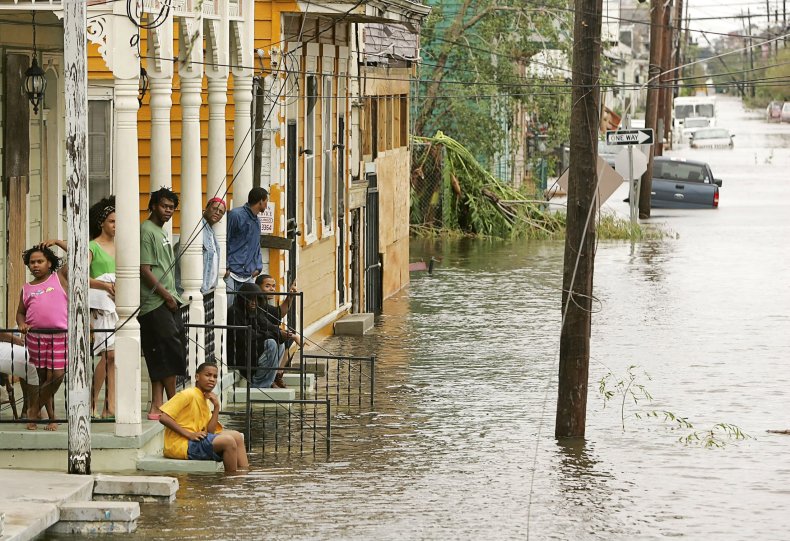
Since Hurricane Katrina in 2006, no emergency has triggered any state to even request federal military aid under these procedures. Part of the reason, the senior officer involved in planning says, is that local police forces have themselves become more capable, acquiring military-grade equipment and training. And part of the reason is that the governors have worked together to strengthen the National Guard, which can enforce domestic law when it is mustered under state control.
But to give a sense of how sensitive the employment of military forces on American soil is, when the New York National Guard arrived in New Rochelle last week, even though they were operating under the control of the governor, Mayor Noam Bramson still found it necessary to assure the public that no one in military uniform would have any "policing function."
Local authorities around America are already expressing worries that they have insufficient equipment, particularly ventilators, to deal with a possible influx of coronavirus patients, the number of hospital beds fewer than the potential number of patients that could need them. And brawls have already broken out in stores where products are in short supply. The worst case is that shortages and violence spreads, that the federal military, isolated and kept healthy behind its own barricade, is called to take over.
Orders have already gone out that Secretary of Defense Esper and his deputy, David Norquist, remain physically separated, to guard against both of them becoming incapacitated. Other national security agencies are following suit, and the White House continuity specialists are readying evacuation should the virus sweep through the Executive Mansion.
The plans state that the government continues essential functions under all circumstances, even if that is with the devolved second string or under temporary military command. One of the "national essential functions", according to Federal Continuity Directive 1 is that the government "provid[e] leadership visible to the Nation and the world ... [while] maintaining the trust and confidence of the American people" The question is whether a faceless elite could ever provide that confidence, preserving government command but also adding to public panic. That could be a virus too.
William M. Arkin is the author of a half-dozen books including American Coup: How a Terrified Government is Destroying the Constitution. He is writing Ending Perpetual War for Simon & Schuster. His Twitter handle is @warkin

